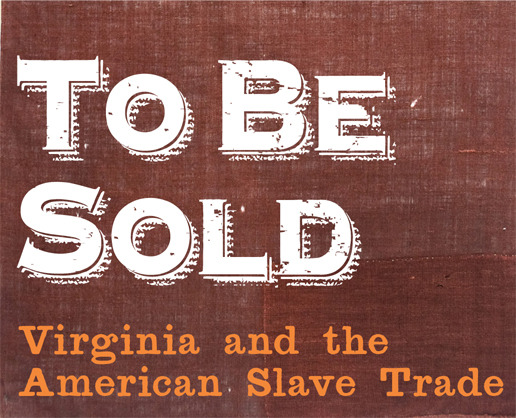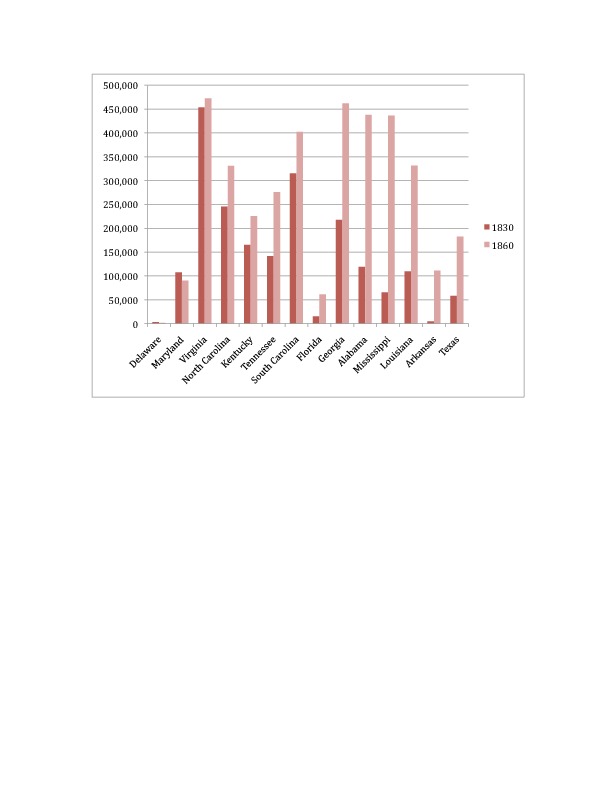Introduction
To Be Sold: Virginia and the American Slave Trade explores Virginia’s role in the domestic slave trade. With the ending of the international trans-Atlantic slave trade in 1808 and the rise of sugar and cotton as staple crops in the Deep South, a growing demand for enslaved labor encouraged planters in the Upper South to sell their surplus slaves. As Virginia transitioned from a tobacco to a wheat economy and the enslaved population continued to grow through natural increase, many planters owned more people than they could profitably use to labor in the fields. Ultimately, as many as two-thirds of a million enslaved people were sold or forcibly relocated from the Upper South (Maryland, Virginia, and North Carolina) to the Lower South (especially Alabama, Mississippi, and Louisiana). This forced migration of hundreds of thousands of enslaved people resulted in family members being separated from each other. By the 1840s, Virginia's capital, Richmond, was the largest slave-trading center in the Upper South. In the area just a few short blocks from the State Capitol, a bustling trade in human trafficking thrived with nearly daily commerce in the selling of people. In 1857, the trade in Richmond was estimated at $4 million. That would be in excess of $440 million today.

